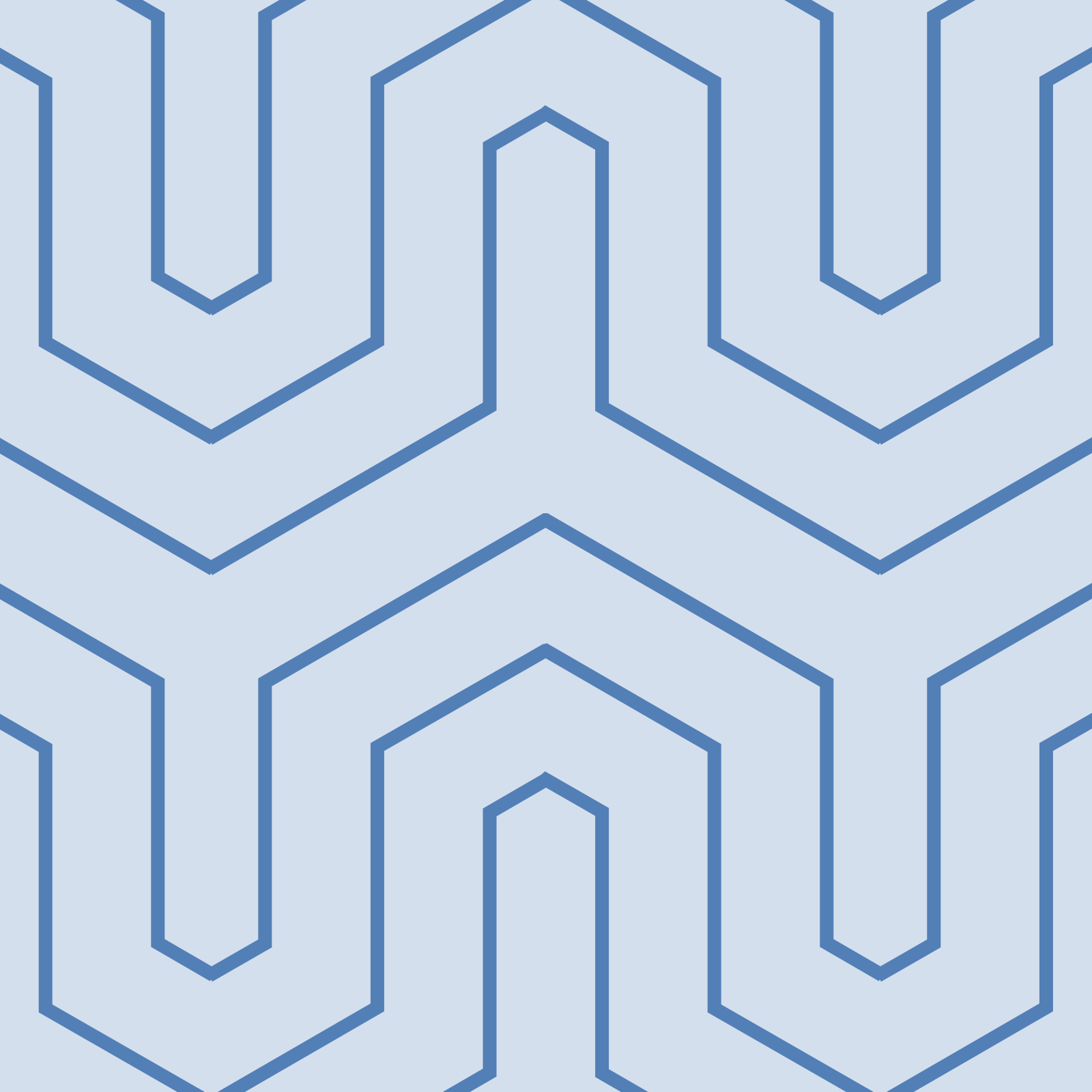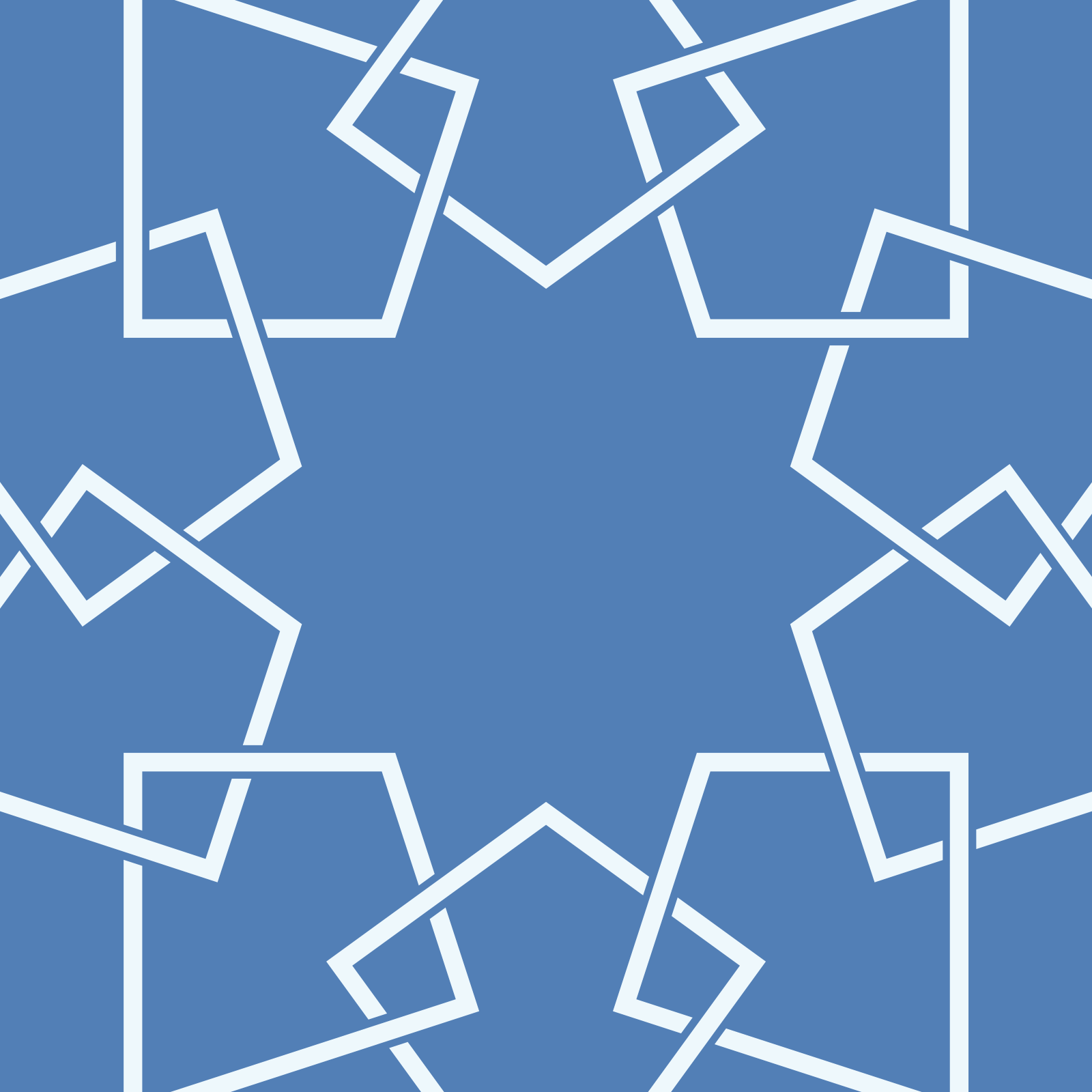Historic Sofia: Seven weird and wonderful things to do in the Bulgarian capital
SOFIA, BULGARIA - OCTOBER 2, 2017: The Alexander Nevskey Cathedral. Built in Neo-Byzantine style, it serves as the cathedral church of Bulgaria and is one of the largest Eastern Orthodox cathedrals in the world, as well as one of Sofia's symbols and primary tourist attractions. Photo by Deensel, via Wikimedia Commons / CC BY 2.0
In the heart of Sofia (pronounced SOH-fee-a), the capital of Bulgaria, is the Square of Tolerance. Proud locals like to point out that in this square you stand in the shadow of Stalinist buildings with a view of a mosque, a synagogue, an Orthodox church and a Catholic one.
This panorama is the history of Sofia at a glance. Built on the remains of the ancient Thracian city of Serdica, which dates back 6,000 years, modern Sofia has a complicated historical timeline that includes Thracians, Romans, Ottomans and the Communist regime.
We’ve rounded up our top tips below for the Muslim traveller to get a feel for the city. About 15 per cent of the population is Muslim, so it is not difficult to find halal food here, but keep in mind that Bulgaria voted to ban the full face veil recently.
And before you go, install Google Translate on your phone so you can understand all those street signs and names of buildings in Cyrillic.
BANYA BASHI MOSQUE
The Banya Bashi Mosque. Photo courtesy of Susan Muthalaly.
The Banya Bashi Mosque is a great example of Ottoman architecture and the sole functioning mosque in the city today. It used to be part of a larger bath complex, hence the name, which means “many baths”. The two other surviving mosques have been repurposed as a museum and as a church.
If you have been to Istanbul’s Suleymaniye Mosque, you will notice the similarity in style. This is because Banya Bashi is believed to have been built by the same architect, Kodja Mimar Sinan.
CYRILLIC
If you find yourself scratching your head while trying to read a street sign, take a moment to marvel at the Cyrillic script, which was invented in Bulgaria. The best place to do this is at the Sveti Sedmochislenitsi Church, originally a 16th century Ottoman mosque that was built to rival the beauty of the churches at the time. It was called the Black Mosque due to the dark granite of its minaret, which did not survive the ravages of time.

SOFIA, BULGARIA - NOVEMBER 29, 2009: The Sveti Sedmochislenitsi Church. Photo by Todor Bozhinov - Own work via Wikimedia Commons / CC BY-SA 4.0
After the Ottoman empire, the mosque was converted into a military warehouse and prison before it was finally turned into a church named after Saints Cyril and Methodius, who along with their five disciples were responsible for creating and spreading the Cyrillic alphabet.
SERDICA

Serdica. Photo courtesy of Susan Muthalaly.
Take a metro to Ancient Serdica: at the Serdika II metro station, you will pass glass-encased archaeological sites of Roman ruins dating back to 1 AD. The surprisingly well-preserved site was discovered in 2010 during excavations for a metro line, and a new museum has been planned to showcase the finds.
DRY FRUIT GALORE
Cherries at the market. Photo courtesy of Susan Muthalaly.
Visit the local markets to discover heaps of juicy, seasonal fruit available for a few leva (the Bulgarian currency). And there are dry fruit shops everywhere too, selling delicious cranberries, apricots, prunes and dates for next to nothing.
FREE MINERAL WATER
Mineral water spring at Sofia, Bulgaria. Photo courtesy of Susan Muthalaly.
Fill your water bottles at one of the many taps around the city, which are fed by mineral water springs. The temperature of the water is always 37 degrees Celsius, even in the dead of the freezing Sofia winters. You will notice Bulgarians coming with huge bottles and bubble tops to fill at the springs for their homes. Hey, it’s mineral water for free!

A boy drinking from a mineral water spring at Sofia, Bulgaria. Photo courtesy of Susan Muthalaly.
CERAMIC SPECIALS
Bulgarian pottery. Photo courtesy of Susan Muthalaly.
Be sure to buy some Bulgarian pottery: the colourful, beautifully glazed and painted pottery makes for a great memento from your Sofia trip.
YOGHURT CULTURE
A bowl of kiselo mlyako or Bulgarian yoghurt. Photo courtesy of Susan Muthalaly.
Fill up on the goodness of the Lactobacillus bulgaricus, the unique strain of bacteria found only in Bulgaria. This is what makes Bulgarian yoghurt, called kiselo mlyako, so delicious and healthy. The Bulgarians know that they have a good thing; they reportedly consume 400,000 tons of it every year.
(Writing by Susan Muthalaly; Editing by Seban Scaria seban.scaria@thomsonreuters.com)
© MySalaam.com 2018 All rights reserved

Susan Muthalaly